A scientist discovered plant life on Mars. She brought it ba…
A scientist discovered plant life on Mars. She brought it back to the space station to test the leaves of the plant in order to determine what type of pigments functioned best on Mars. Only a single pigment, pigment A, was found. The absorption spectrum of pigment A is shown below. What is the independent variable in this graph? Copyright 2024 by Edmonds College Department of Biology. All rights reserved. Online sharing or distribution is prohibited. For exam use only in BIOL& 211: Majors Cellular Biology at Edmonds College. Outside help is not allowed.
Read DetailsWhich of the following evolves? Copyright 2024 by Edmonds Co…
Which of the following evolves? Copyright 2024 by Edmonds College Department of Biology. All rights reserved. Online sharing or distribution is prohibited. For exam use only in BIOL& 211: Majors Cellular Biology at Edmonds College. Outside help is not allowed.
Read DetailsStudents are growing lettuce plants in lab. Which of the fol…
Students are growing lettuce plants in lab. Which of the following is an example of a hypothesis that could be related to this work? Copyright 2024 by Edmonds College Department of Biology. All rights reserved. Online sharing or distribution is prohibited. For exam use only in BIOL& 211: Majors Cellular Biology at Edmonds College. Outside help is not allowed.
Read DetailsThe SARS-CoV-2 virus responsible for the current COVID-19 pa…
The SARS-CoV-2 virus responsible for the current COVID-19 pandemic gains entry by binding to angiotensin-converting enzyme 2 (ACE2) receptors found on the surface of numerous types of cells, enabling the virus to infect a wide range of cell types and result in systemic damage. The structure of ACE2 is shown below as a ribbon diagram. Copyright 2024 by Edmonds College Department of Biology. All rights reserved. Online sharing or distribution is prohibited. For exam use only in BIOL& 211: Majors Cellular Biology at Edmonds College. Outside help is not allowed. Consider the coils shown as thick segments of ribbon. Which of the following correctly describe these structures? Choose all that apply. Photo credit: Emw – Own work, CC BY-SA 3.0, https://commons.wikimedia.org/w/index.php?curid=8761587
Read DetailsA teratoma is a tumor composed of several different types of…
A teratoma is a tumor composed of several different types of tissue that can include muscle, teeth, hair, or bone. Teratomas develop from germ cells, a type of cell that gives rise to gametes. Because germ cells are not differentiated into specific cell types (as are e.g. muscle cells, skin cells, fat cells, etc.), teratomas can develop exhibiting numerous different cell types, giving them their name teratoma, Greek for “monstrous tumor”. Teratomas may be benign or cancerous. As a result of mistakes in processes of cell division, they are generally diploid, and sometimes polyploid. Consider a cell of a teratoma and a healthy human epithelial (skin) cell. Now consider the DNA and the three types of RNA (mRNA, tRNA, and rRNA) found in both cells. For each of these (DNA, mRNA, tRNA, and rRNA), compare what you would expect to find in both the teratoma and a healthy cell. Would the DNA and RNA be the same, or different, or a mixture of same and different, in both cells? Please explain briefly but clearly for each of these four nucleic acids and provide examples or reasons. Label each of your answers 1 through 4 and write a short paragraph (a sentence or two) for each. Copyright 2024 by Edmonds College Department of Biology. All rights reserved. Online sharing or distribution is prohibited. For exam use only in BIOL& 211: Majors Cellular Biology at Edmonds College. Outside help is not allowed. 1) DNA in teratoma vs. healthy cell 2) mRNA in teratoma vs. healthy cell 3) tRNA in teratoma vs. healthy cell 4) rRNA in teratoma vs. healthy cell Photo credits: https://emedicine.medscape.com/article/281850-overview (left) and Ed Uthman, MD. http://web2.airmail.net/uthman/specimens/index.html (right)
Read DetailsYou are analyzing DNA to determine which suspect was at a cr…
You are analyzing DNA to determine which suspect was at a crime scene with a victim. You have PCR amplified short tandem repeats (STRs) from samples taken from the victim, two suspects, and the crime scene, and separated the PCR products via gel electrophoresis to perform “DNA fingerprinting” as follows. DNA sources are noted above each lane: Victim (Lane 1), Suspect 1 (Lane 2), Suspect 2 (Lane 3), and Crime Scene (Lane 4). DNA was loaded into wells at the top of the gel, near the lane-labels (i.e. “Victim”, etc.). Question: Some of your bands in lab looked brighter than others; similarly, some bands in this gel are thicker than others. If one band looks thicker (or brighter) than another, what does this tell us about this thicker band, i.e., why is it thicker? A sentence or two should suffice. Copyright 2024 by Edmonds College Department of Biology. All rights reserved. Online sharing or distribution is prohibited. For exam use only in BIOL& 211: Majors Cellular Biology at Edmonds College. Outside help is not allowed.
Read DetailsYou are analyzing DNA to determine which suspect was at a cr…
You are analyzing DNA to determine which suspect was at a crime scene with a victim. You have PCR amplified short tandem repeats (STRs) from samples taken from the victim, two suspects, and the crime scene, and separated the PCR products via gel electrophoresis to perform “DNA fingerprinting” as follows. DNA sources are noted above each lane: Victim (Lane 1), Suspect 1 (Lane 2), Suspect 2 (Lane 3), and Crime Scene (Lane 4). DNA was loaded into wells at the top of the gel, near the lane-labels (i.e. “Victim”, etc.). Copyright 2024 by Edmonds College Department of Biology. All rights reserved. Online sharing or distribution is prohibited. For exam use only in BIOL& 211: Majors Cellular Biology at Edmonds College. Outside help is not allowed. Question: Which of the following bands is the largest DNA fragment?
Read DetailsYou are analyzing DNA to determine which suspect was at a cr…
You are analyzing DNA to determine which suspect was at a crime scene with a victim. You have PCR amplified short tandem repeats (STRs) from samples taken from the victim, two suspects, and the crime scene, and separated the PCR products via gel electrophoresis to perform “DNA fingerprinting” as follows. DNA sources are noted above each lane: Victim (Lane 1), Suspect 1 (Lane 2), Suspect 2 (Lane 3), and Crime Scene (Lane 4). DNA was loaded into wells at the top of the gel, near the lane-labels (i.e. “Victim”, etc.). Question: Based on the data below, which suspect left DNA material at the crime scene? Please explain your choice, referring to specific band(s) on the gel. Copyright 2024 by Edmonds College Department of Biology. All rights reserved. Online sharing or distribution is prohibited. For exam use only in BIOL& 211: Majors Cellular Biology at Edmonds College. Outside help is not allowed.
Read Details


